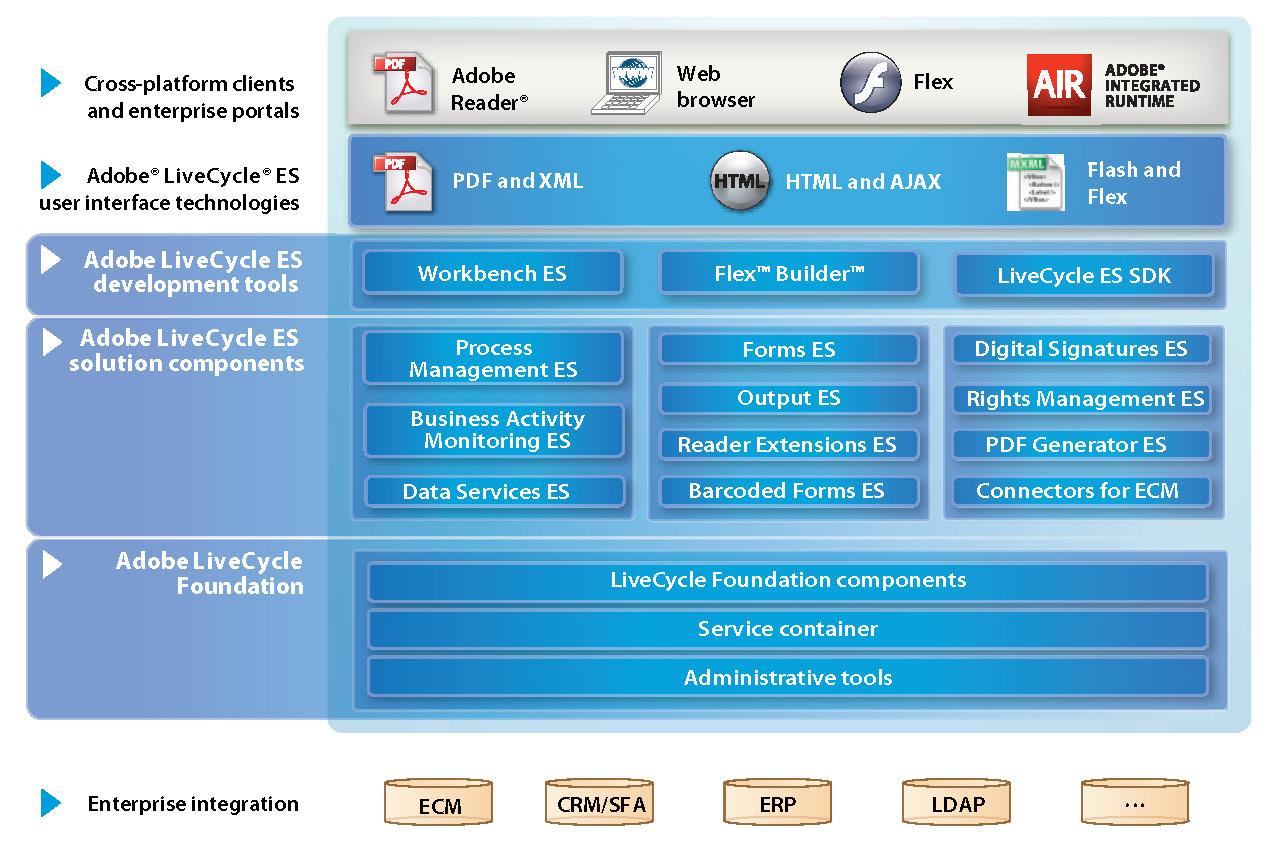Lean, or Lean Thinking, or the Toyota Way, is a concept that defines a general process of 'continuous improvement' and 'respect for people'. This process can be applied to many situations, but this article mostly describes it in terms of production of a service. Part of the 'continuous improvement' aspect, also known as kaizan,a is to allows challenge everything and to always be open to change. Toyota defined this as "always being dissatisfied with the status quo."

The 'Lean-Thinking House' visually shows these two concepts working in tandem to build a solid foundation for product development and management. The top tier, aka the 'roof', represents the goal trying to be accomplished. On the bottom, you have the 'foundation', which represents solid management that applies and teaches lean thinking to their teams and base their decisions off of lean long-term thinking. On the two sides, you have the two pillars that define lean thinking. And in the middle, you have the heart that is product development and the 14 principles. The 14 principles outline the various principles that have been developed by Toyota over all their decades of product development and include items such as 'move toward flow' and 'grow leaders from within'. The product development area represents focusing "on creating more useful knowledge and learning better than the competition." Then using that knowledge and making sure that it does not go to waste. Lean thinking is about creating high-value, low-cost information to utilize in their development processes as shown below.

As for my thoughts on the lean methodology, I think it's an interesting concept and would be open to working in such an environment. It definitely has it's benefits as a developer especially since your employer is actually trying to enhance your knowledge and to maintain your loyalty as an employee. I'd be curious to see how this might be implemented in my work environment in education. Many times we are 'firefighters' in addition to our development duties. Just how this would work out in an environment where each individual wears many hats from customer support, to system administration, to development, to management and administrative duties, I don't know. Would this only work in a profit driven company? How easily could this be accomplished with other organizations? There actually is a group on campus currently training up on Lean Six Sigma; it will be interesting to see what they do with this knowledge and if they are successful in implementing it and getting buy-in from their management. I'll update you hear if I learn more about their implementation. That's one thing I wish this primer would have delved deeper into, is how this might work and does currently work in companies another than Toyota.















